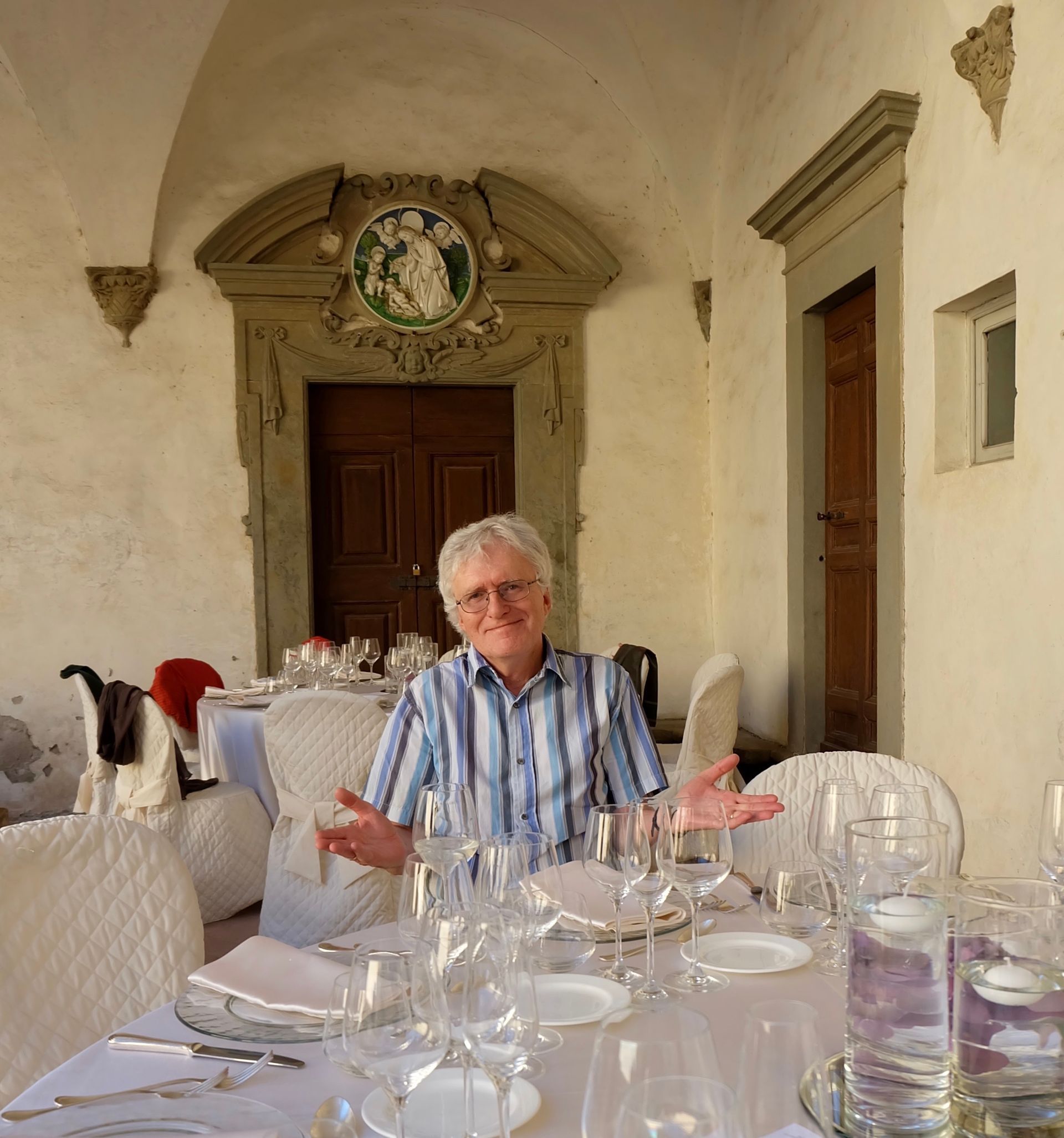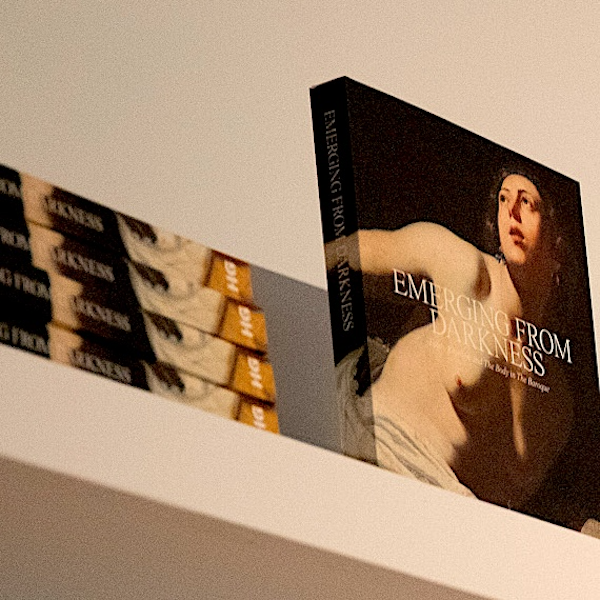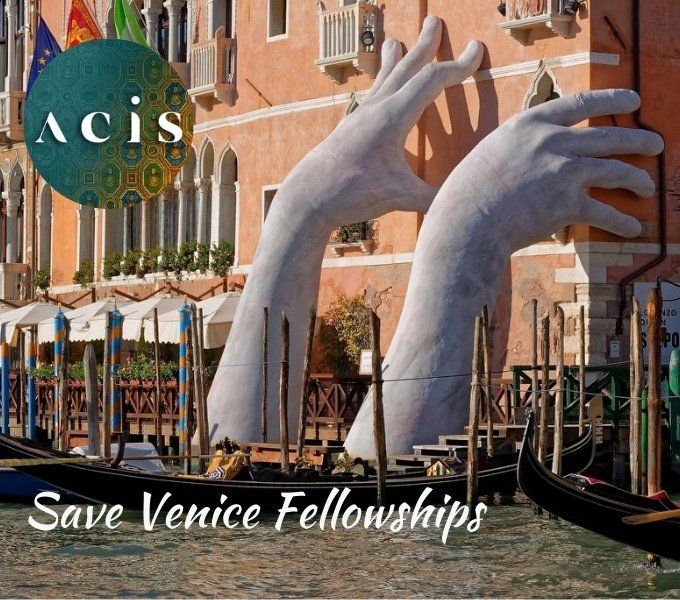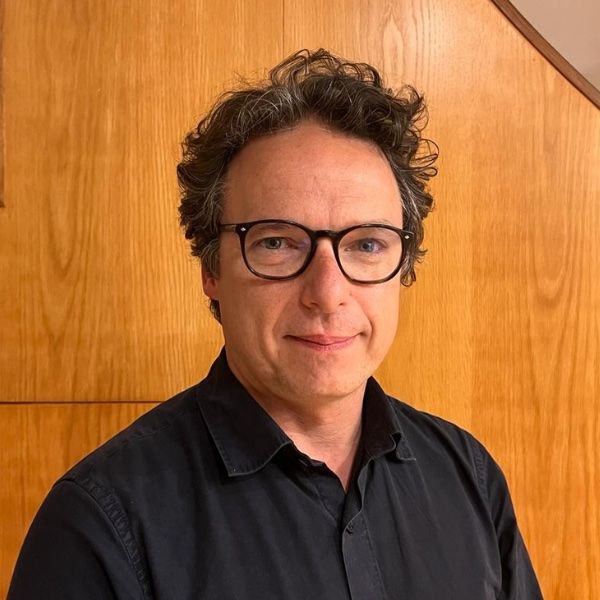The global circulation of crime fiction: The case of Gianluca Carofiglio
Brigid Maher La Trobe University
Gianrico Carofiglio
Crime fiction – what it is or is not, who reads it, how it circulates – was the focus of a conference hosted earlier this month by Leeds University and the Crime Studies Network. Papers, keynote addresses and panel discussions explored the theme “Retold, Resold, Transformed: Crime Fiction in the Modern Era”.
One session of particular interest to scholars of Italian crime fiction was “Retelling the Italian Noir”, a panel discussion with Gianrico Carofiglio , acclaimed novelist and former prosecutor from Bari; Howard Curtis, translator of several of Carofiglio’s novels and many other Italian and French literary texts; and François von Hurter, co-founder of Bitter Lemon Press , a publishing house specializing in translated crime fiction. The discussion was chaired by Dr Gigliola Sulis, Director of Italian at Leeds University.
 After a reading from Carofiglio’s latest book, Il silenzio dell’onda
, in Italian and in Curtis’s English translation ( The Silence of the Wave
), the discussion got straight down to the question, “What is crime fiction?” In fact, some of the panel members were fairly sure Il silenzio dell’onda
was not
a crime novel at all.
After a reading from Carofiglio’s latest book, Il silenzio dell’onda
, in Italian and in Curtis’s English translation ( The Silence of the Wave
), the discussion got straight down to the question, “What is crime fiction?” In fact, some of the panel members were fairly sure Il silenzio dell’onda
was not
a crime novel at all.
For his part, Carofiglio emphasized the psychological aspect of his work, both when he was a prosecutor and in his fiction. During his years in the judiciary he learnt that the criminal mind is a normal mind; that is what makes it so interesting, and such good material for fiction. When he returned to writing – after a “25-year vacation” that lasted from his early teens until early middle age – he did not think his first novel, Testimone inconsapevole (2002), was a crime story. In fact, he told conference delegates he had mixed feelings when the critic Corrado Augias described it as “the best legal thriller of the year”.
This is perhaps testament to the lingering suspicion many people feel about “crime fiction”, and also about the constant labelling and compartmentalizing of literature by publishers and critics. Carofiglio confessed, though, that he was subsequently rather grateful when he saw first-hand the dramatically increased sales that resulted from the “crime fiction” label! But labels aside, for Carofiglio, the crime story is ultimately a powerful tool for saying many other things – it helps him to keep the reader engrossed, giving space to tell what he wants to tell. While he doesn’t set out with a “message” in mind, his books do explore the things he believes in. He draws an important distinction between fiction and falsity. Good fiction says true things with fictional characters, and this “truth” is central to the ethical dimension of writing.
Von Hurter, too, emphasized the idea that “crime fiction” could be a convenient label for books representing a wide variety of writing styles and themes, but that share the potential to open up other worlds for the reader. Bitter Lemon Press seeks to “bait” readers with crime so that then they become “hooked” on foreign fiction more generally. On the Anglophone book market, percentages of translated works still languish embarrassingly low, but it seems that crime writing could be an important tool in increasing English-speaking readers’ exposure to and understanding of other cultures and ways of life. Translation plays a central part in all this, as do publishers, academics and other “agents” involved in the global circulation of literature.
 Curtis described Carofiglio as an easy author to translate due to the clarity and precision of his writing. Apart from some challenges stemming from differences between the Italian and English legal systems, he describes the work as quite unproblematic (this is no doubt thanks in part to his own talents and many years of experience). For Carofiglio, too, the translation process seems to have been a positive one, characterized by revelation and gain
in translation; he considers Curtis’s translation of Il silenzio dell’onda
“a perfect translation” and described the pleasant “estrangement” he feels reading his own novel in another language: it’s your novel and characters and they’re your words but… not anymore. It’s like “having a fresh eye on your writing”.
Curtis described Carofiglio as an easy author to translate due to the clarity and precision of his writing. Apart from some challenges stemming from differences between the Italian and English legal systems, he describes the work as quite unproblematic (this is no doubt thanks in part to his own talents and many years of experience). For Carofiglio, too, the translation process seems to have been a positive one, characterized by revelation and gain
in translation; he considers Curtis’s translation of Il silenzio dell’onda
“a perfect translation” and described the pleasant “estrangement” he feels reading his own novel in another language: it’s your novel and characters and they’re your words but… not anymore. It’s like “having a fresh eye on your writing”.
Stepping away from the all-too-common but ultimately rather unproductive focus on loss in translation, on the incompatibilities between languages, Curtis observed that in fact the self-deprecating irony of Carofiglio’s Guerrieri books is actually very English and comes over well in translation. (And in a sneak preview of his next novel, Carofiglio revealed that it will be written in the second person, a technique that will further sharpen the self-deprecation, because the teller can pass judgement on himself.) This felicitous translatability may be due to the wide range of Anglophone, and especially US, influences Carofiglio cites among his favourite authors. In learning his craft, and particularly the writing of dialogue that sounds realistic but “not taped”, he found that continental literature did not provide the models he needed. Instead it was from American writers, and particularly John Steinbeck, whose writing is “like painting with basic colours”, that he learned to write dialogue.
This is yet another illustration of the way our literary systems are in constant flux and in constant communication, with innovation and inspiration across languages and cultures contributing to the circulation of new ideas and new ways of writing.
More information about the Leeds conference including recordings of this panel and other plenary sessions, is available here.









